Vanda Orchids
In autumn and winter watering can be reduced.

Vanda orchids. At the risk of sounding discouraging vandas are not beginners orchidseven among more experienced growers the plants require certain elements that can be hard to deliver at home. A well draining loose potting medium can aid in keeping the roots dry. Repot them only when necessary. Vanda orchids at a glance.
Today the name refers to an entire genus in the orchidaceae family. Vanda orchids should be watered frequently especially during the spring and summer months which is the growing season. Naturally the roots of the vanda orchids absorb moisture and nutrients from the air. High humidity high temperatures bright light and turbulent air flow as well as periods of drenching rain followed by a dry period.
Vanda orchids vanda spp are native to southeast asia 1 and can be found in various parts of the world from east asia to australiasometimes it is referred to as singapore orchid. Vanda originates from the same sanskrit name given to bengal orchids. Vanda orchids produce some of the more stunning blooms in the genera. This group of orchids is heat loving and native to tropical asia.
Of course after a few years with these amazing orchids they may need to be replanted. They are part of the genus of the family of orchidaceae orchids which is one of the genres most commonly found. The roots should remain moist but should never be soggy. Vanda orchids are monopodial plants which means that they have a single stem that grows from the tip or crown of the plant these plants are known as aerial because they do not need soil to grow vanda orchid colors can be blue purple or black.
The spruce leticia almeida how to grow vanda orchids. Vanda abbreviated v is a genus in the orchid family orchidaceaethere are about 80 species and the genus is commonly cultivated for the marketplacethis genus and its allies are considered to be among the most specifically adapted of all orchids within the orchidaceae.






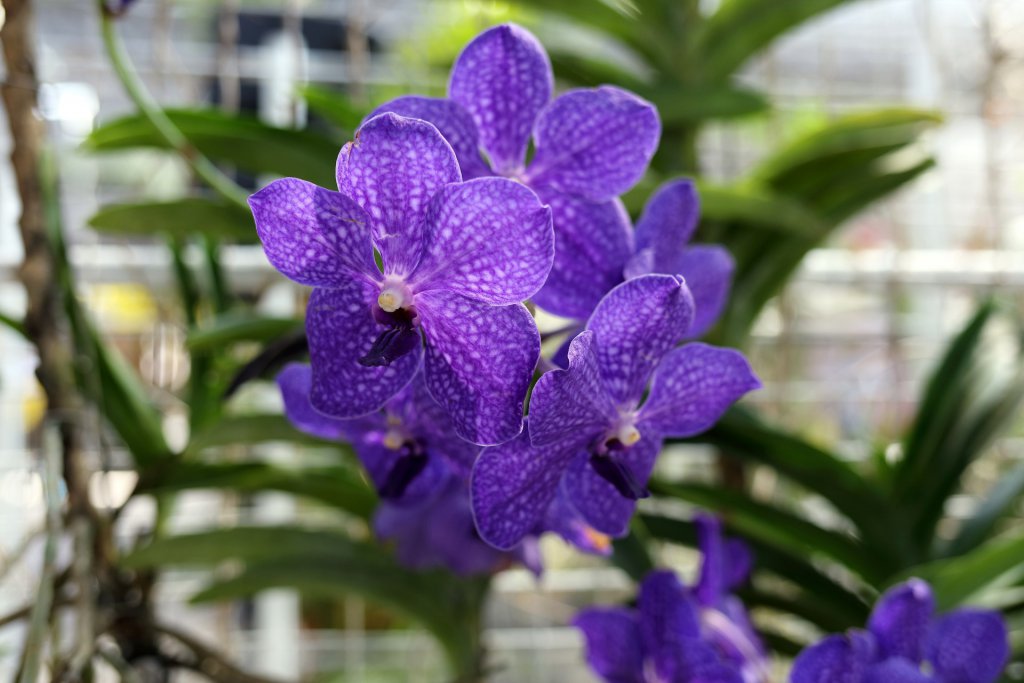



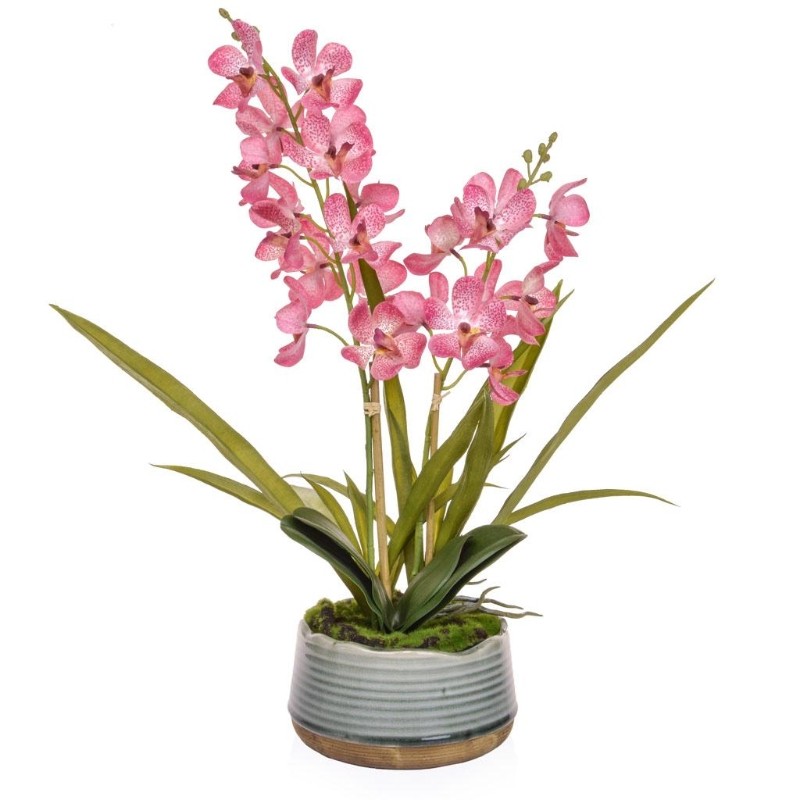


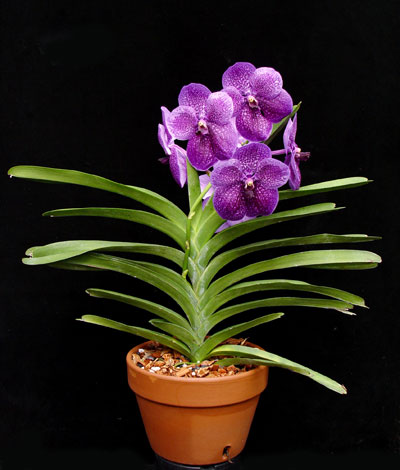
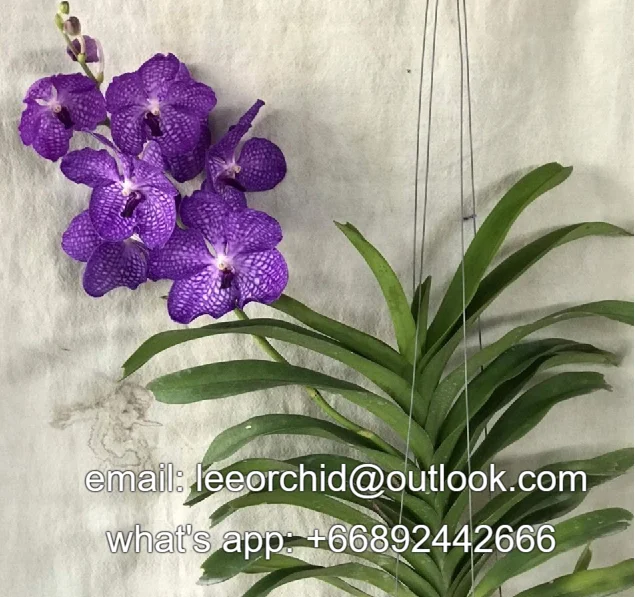



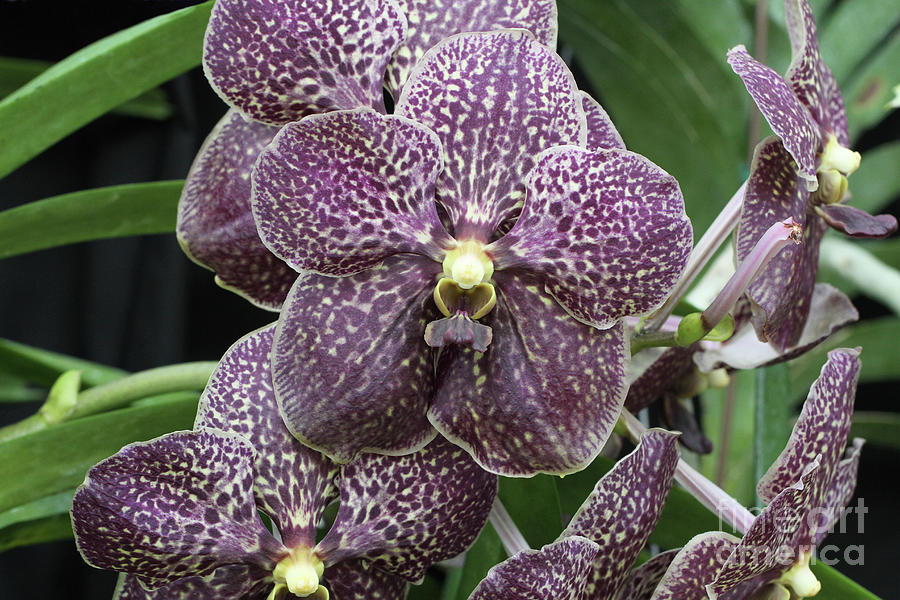
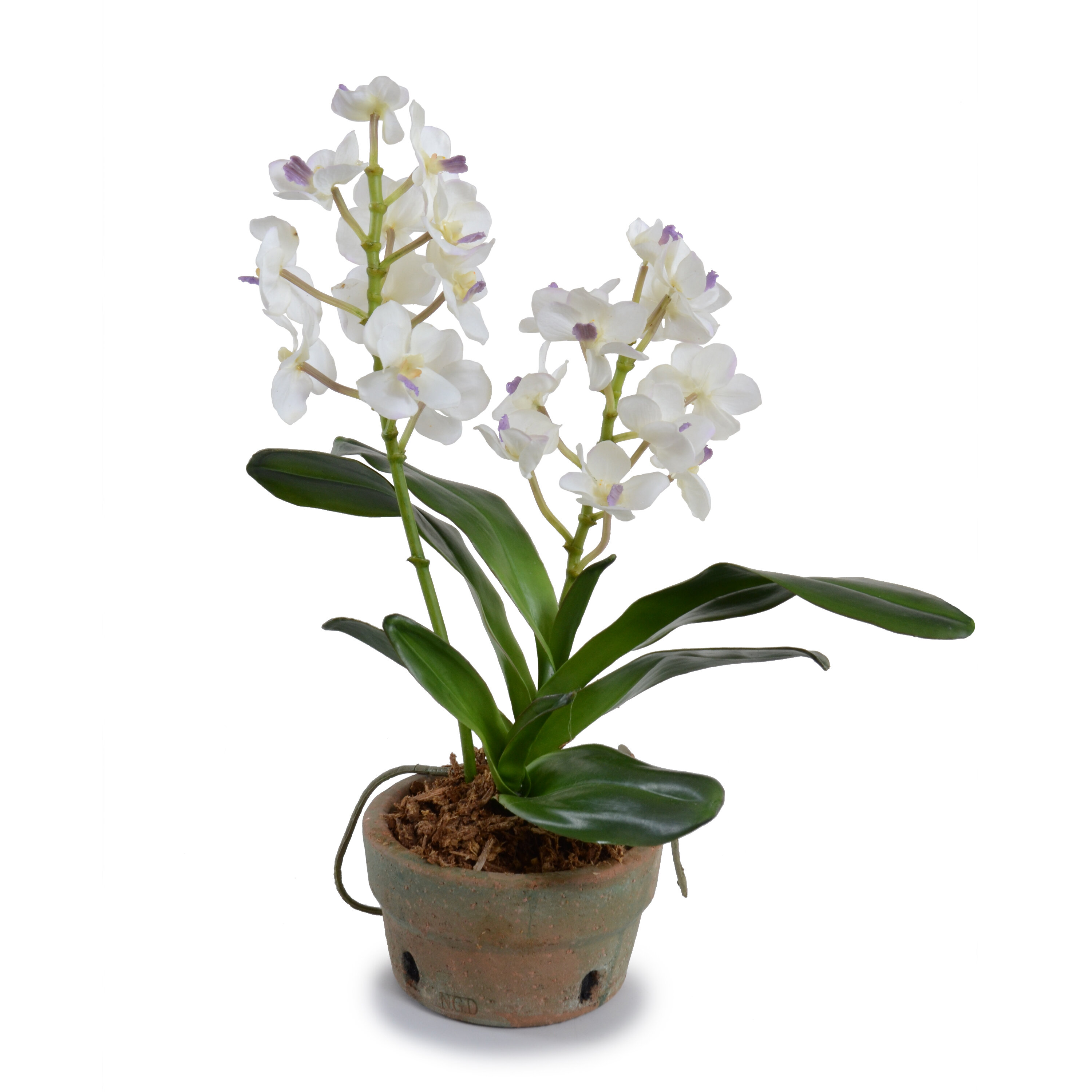
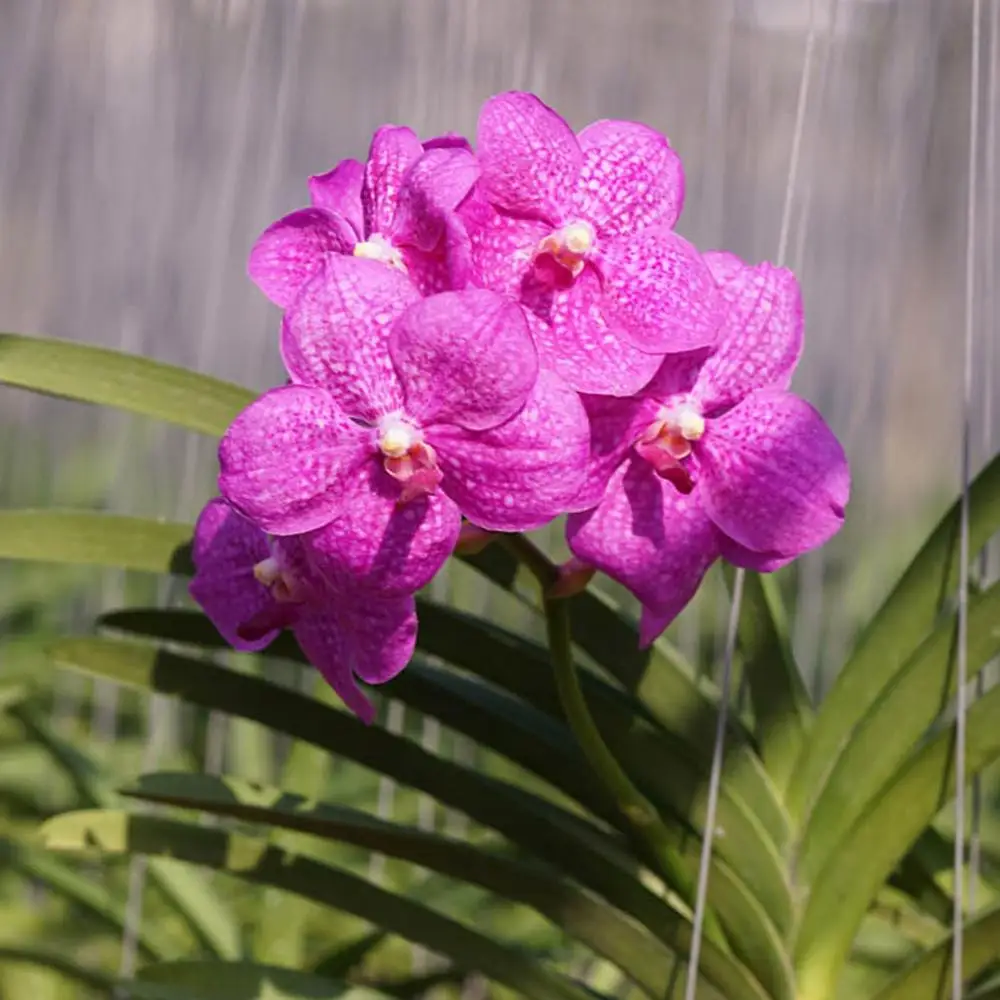


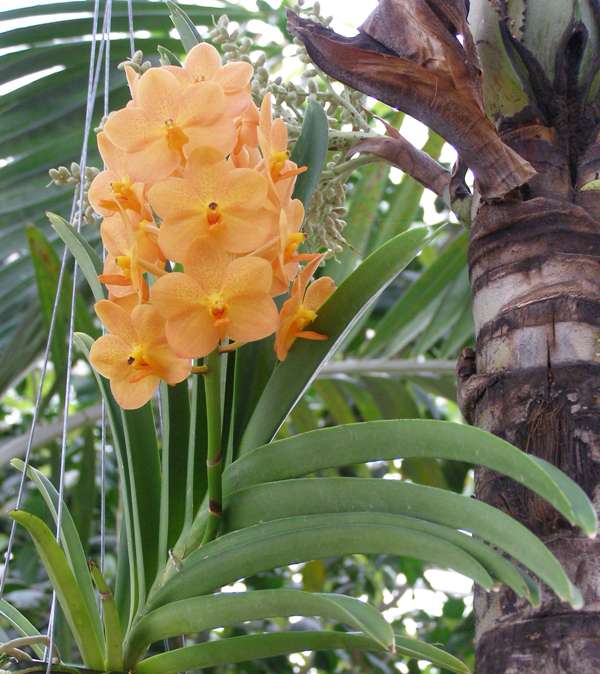


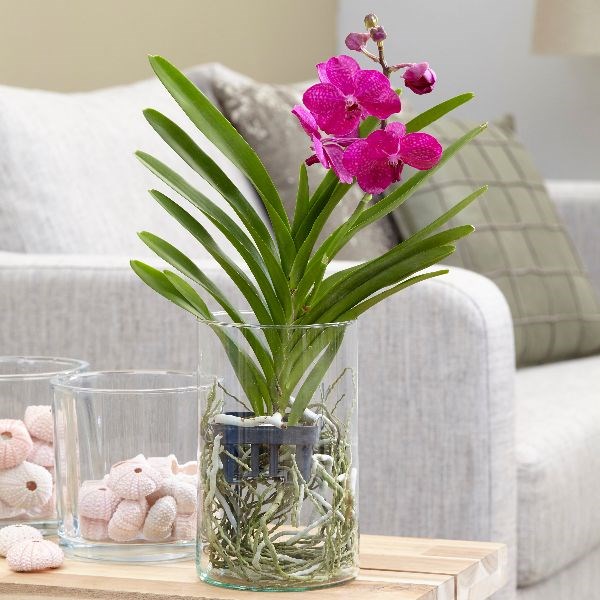
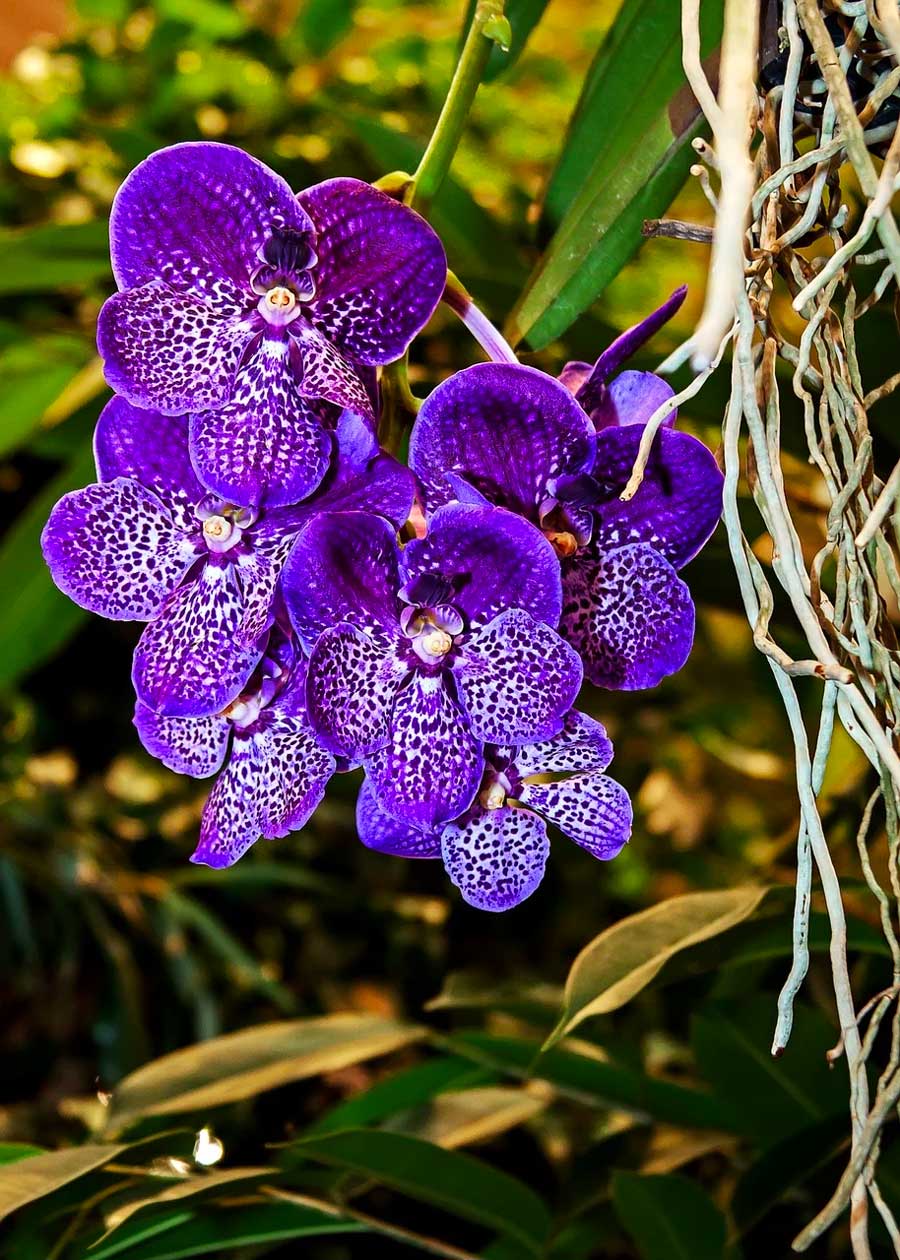

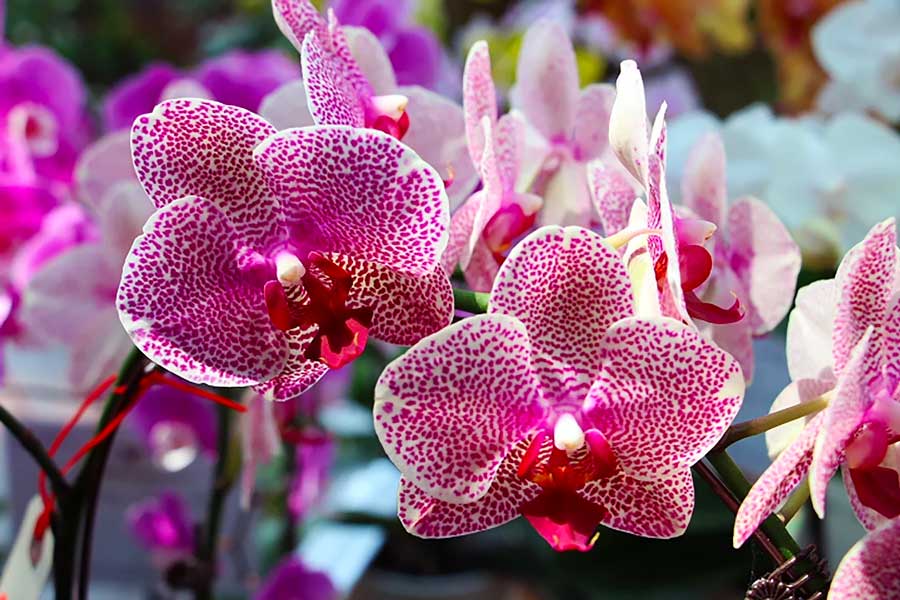



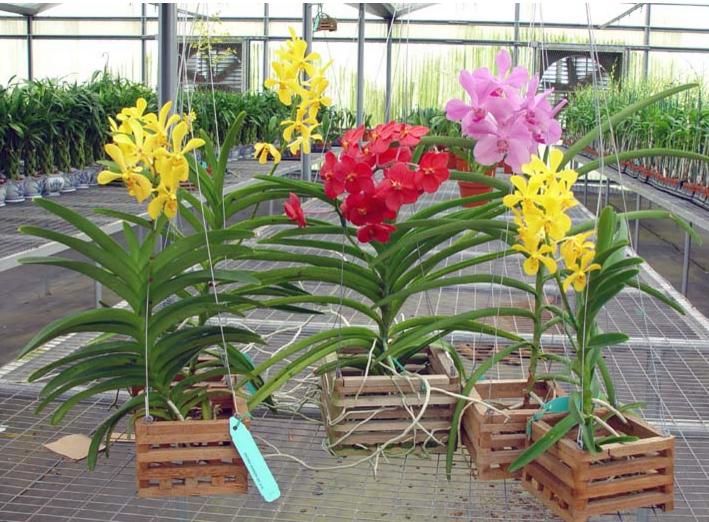

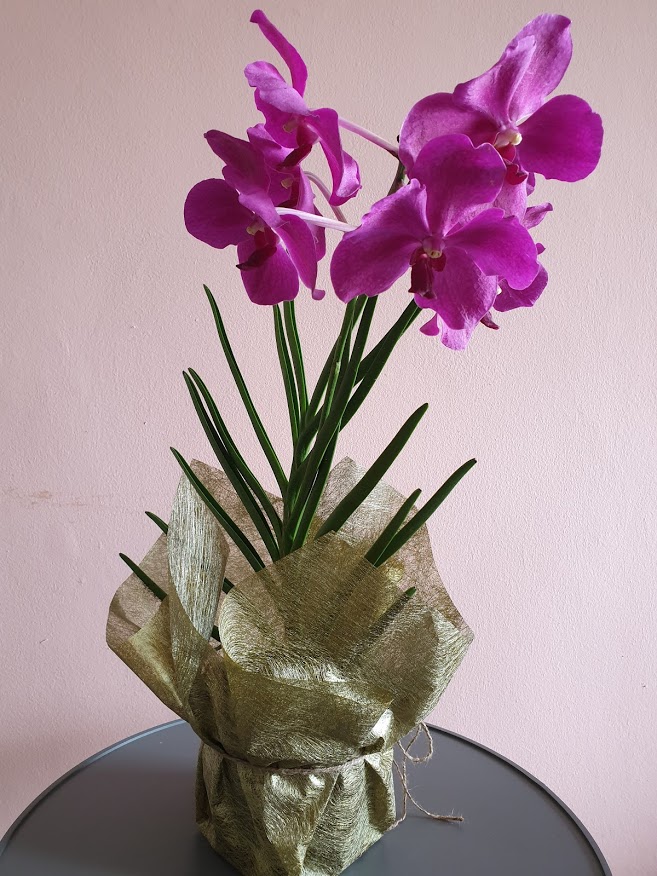

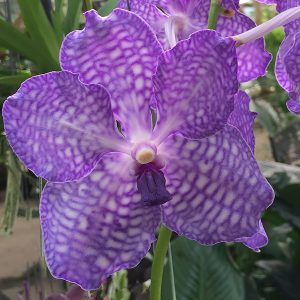




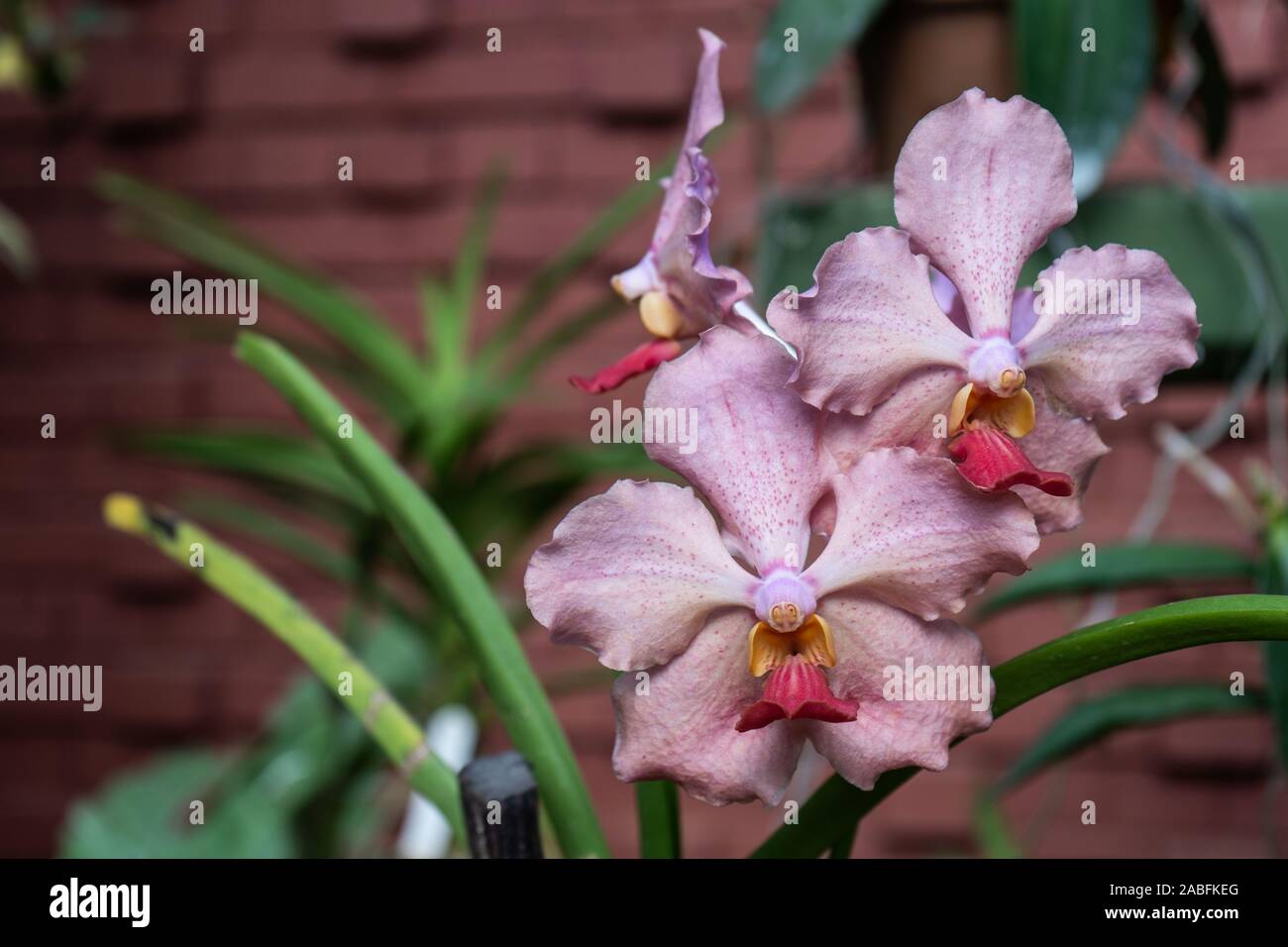
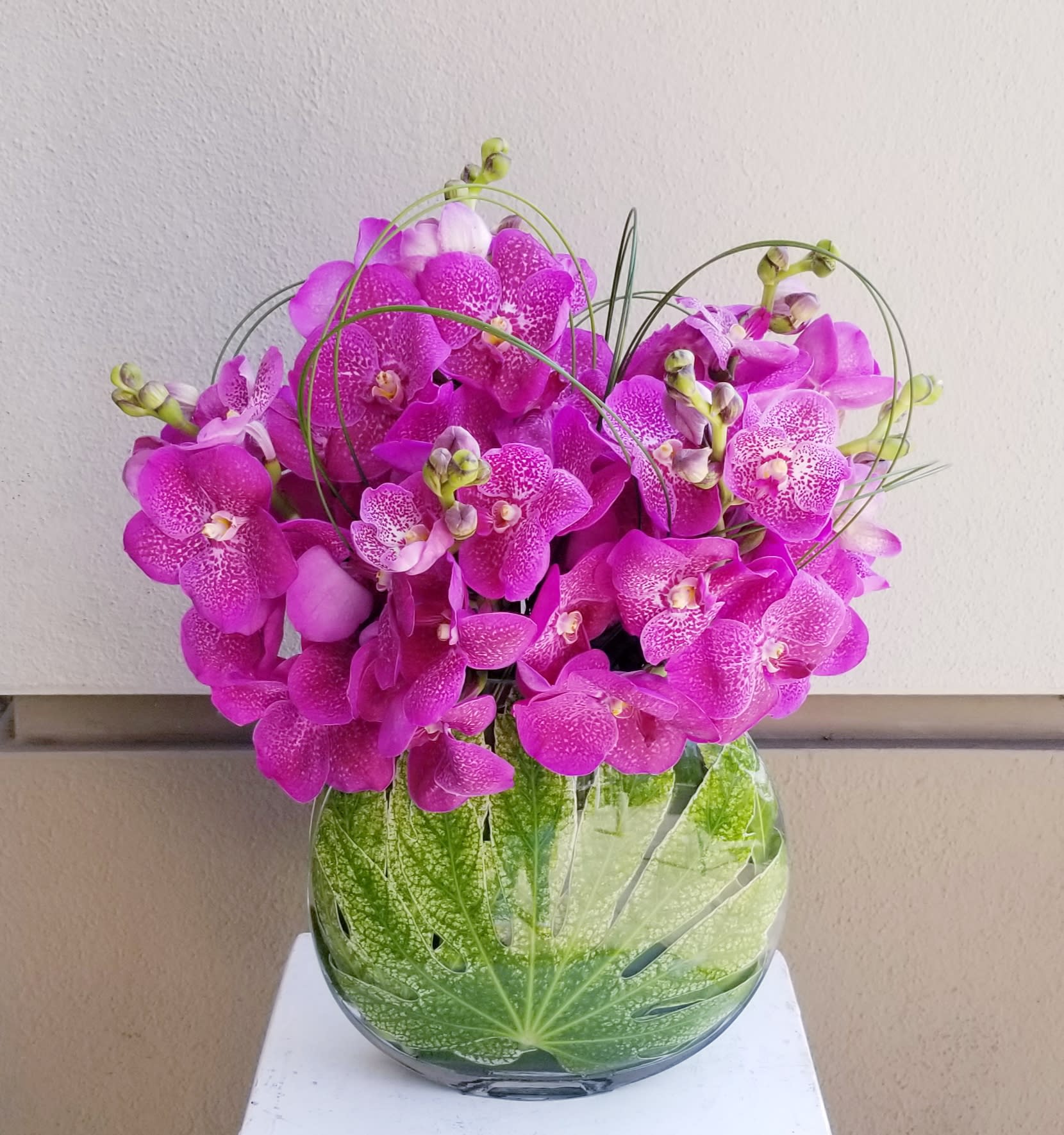



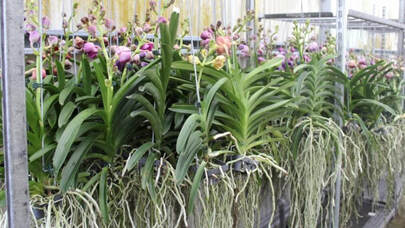

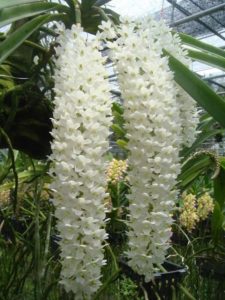
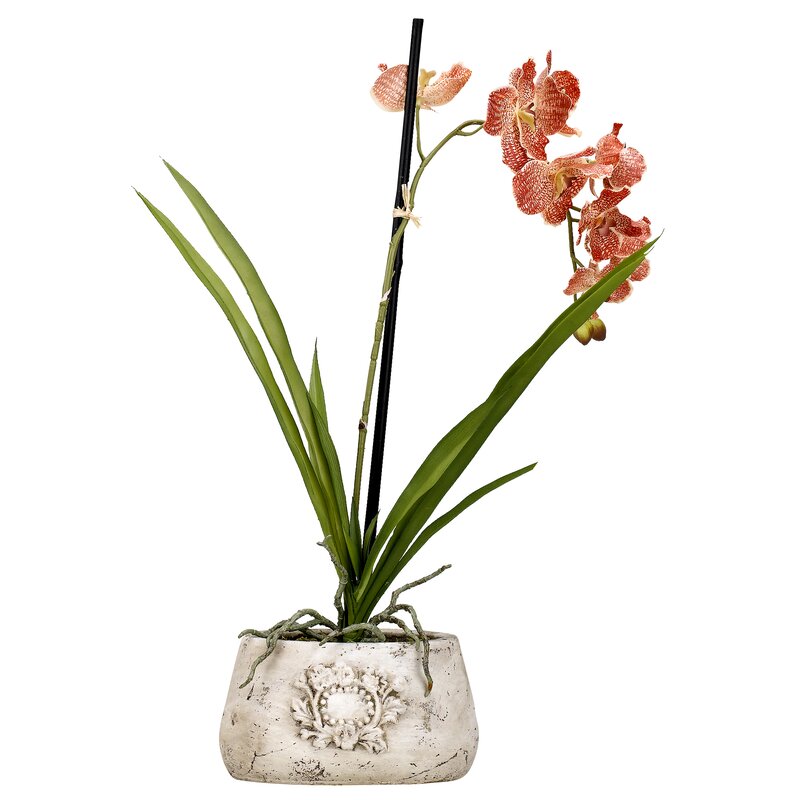


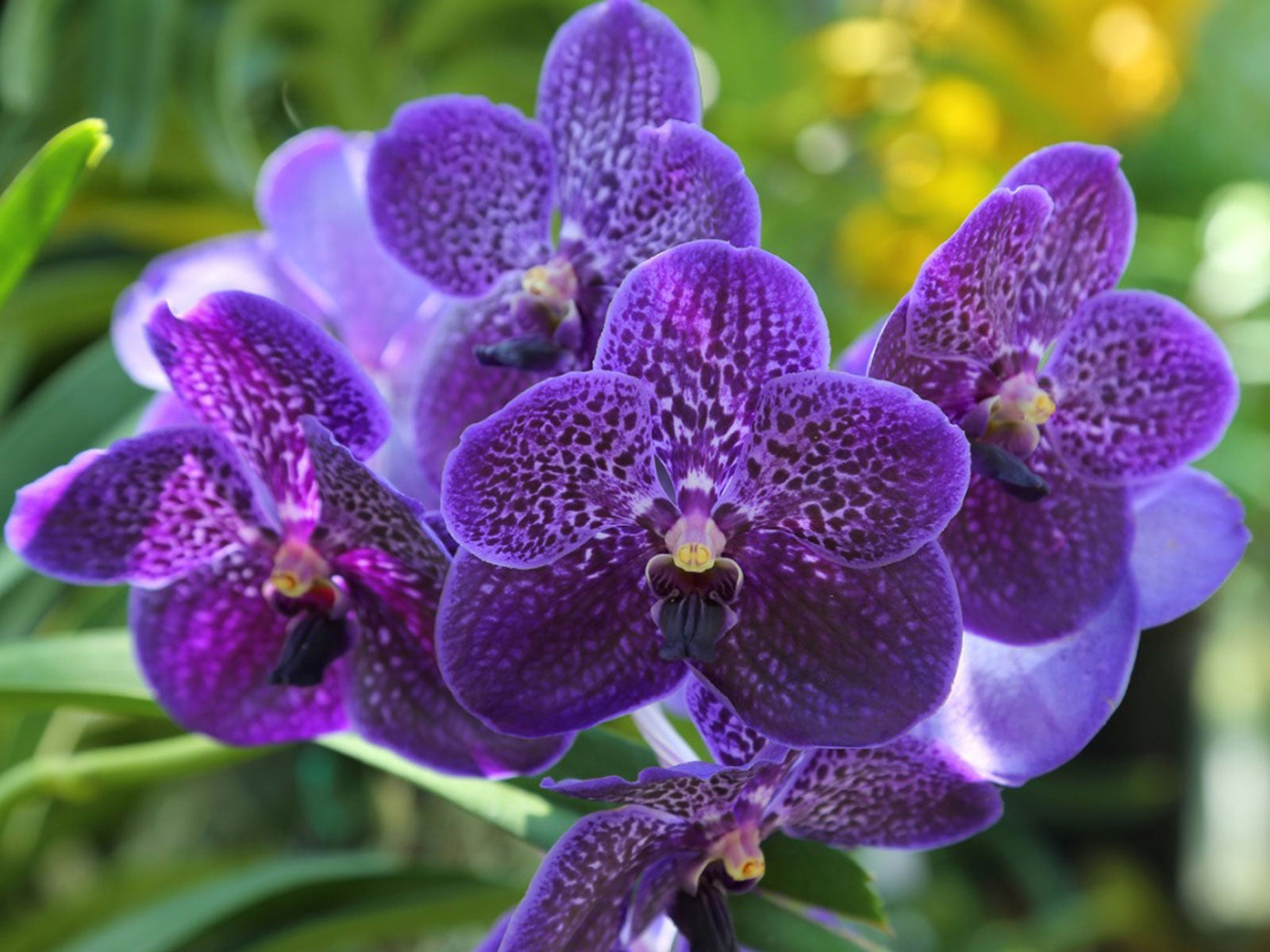
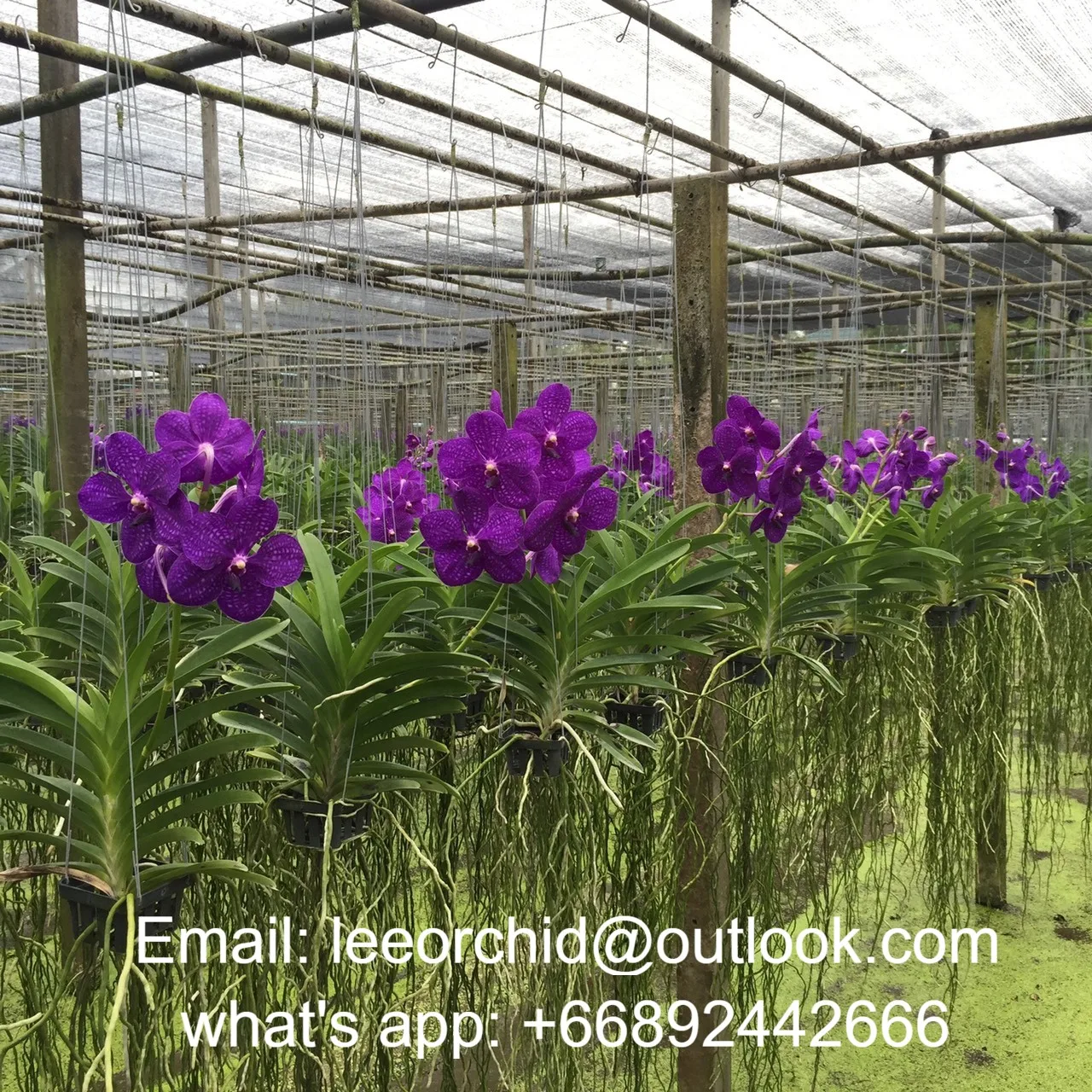






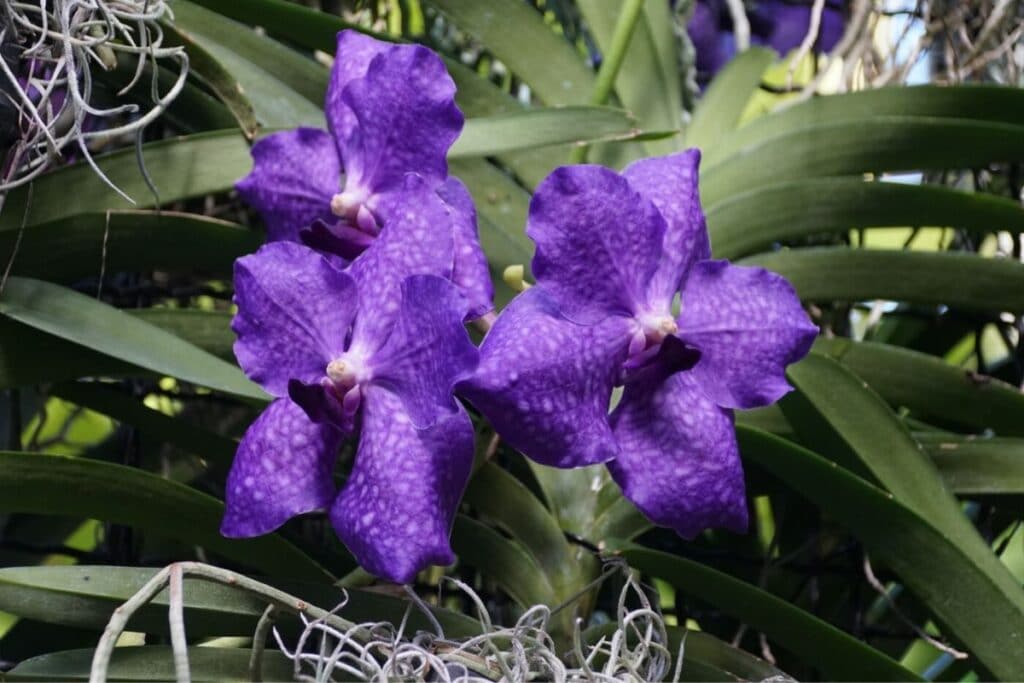

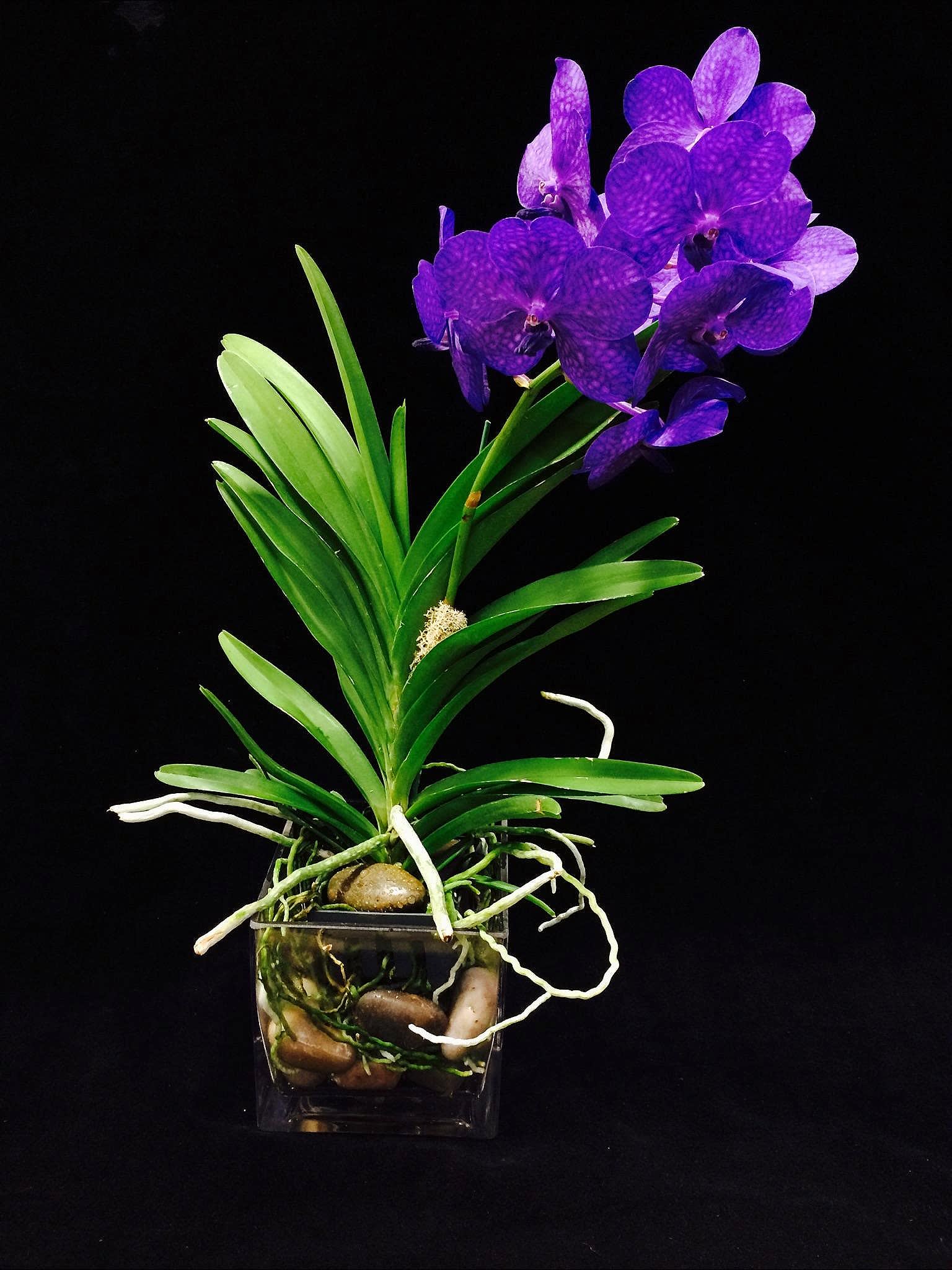

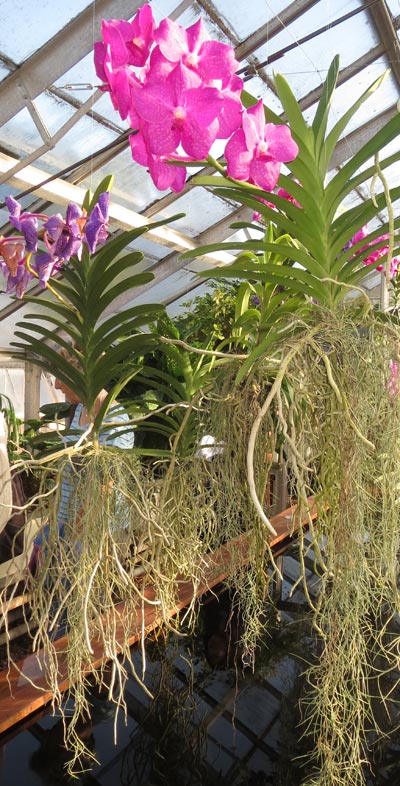

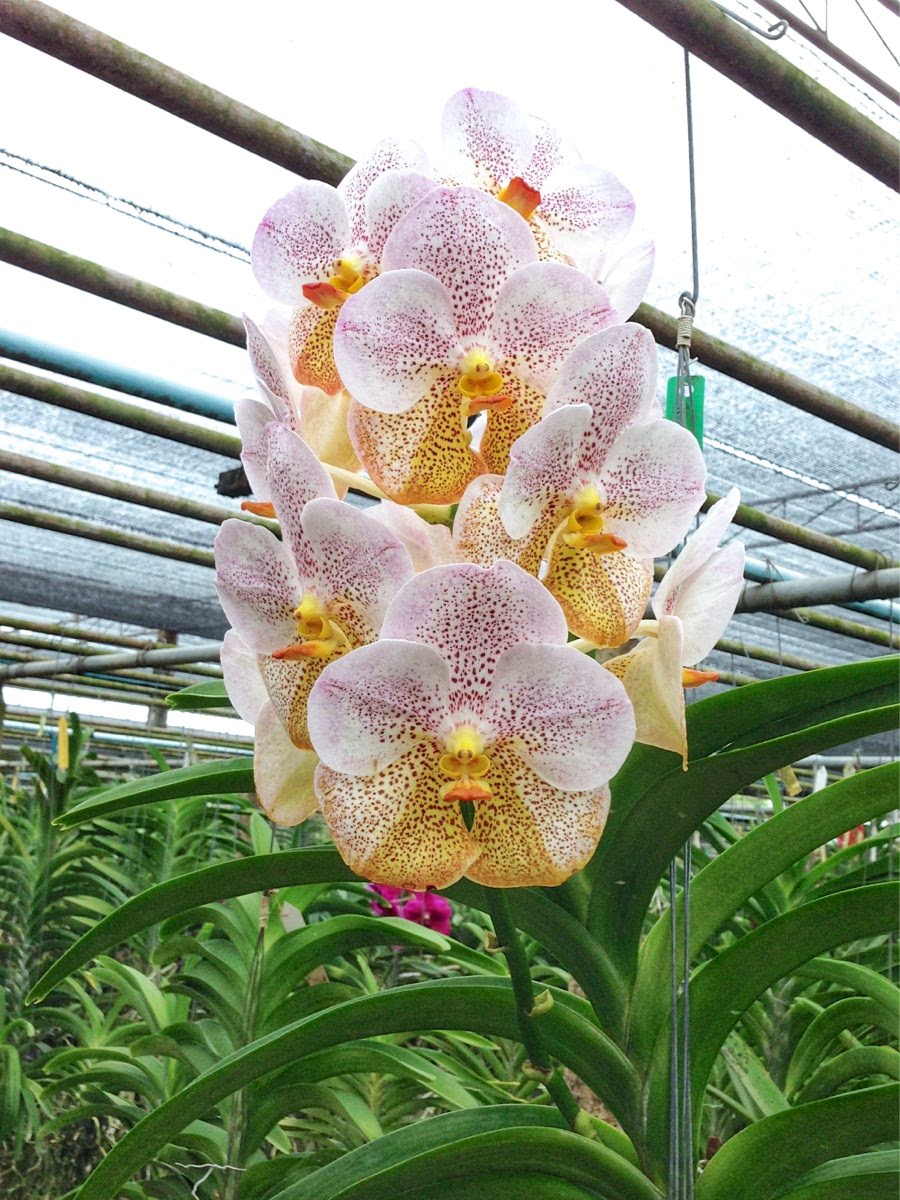
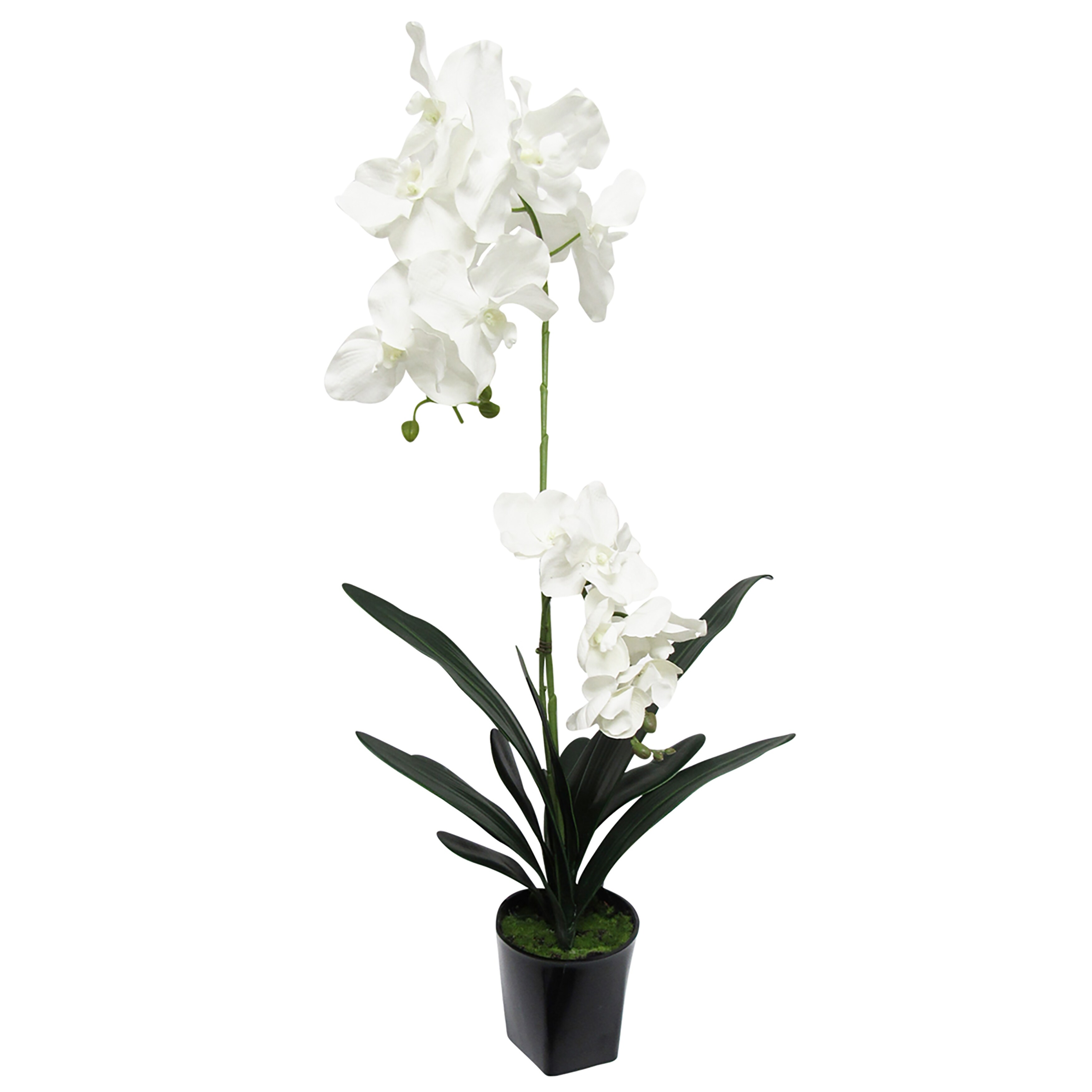



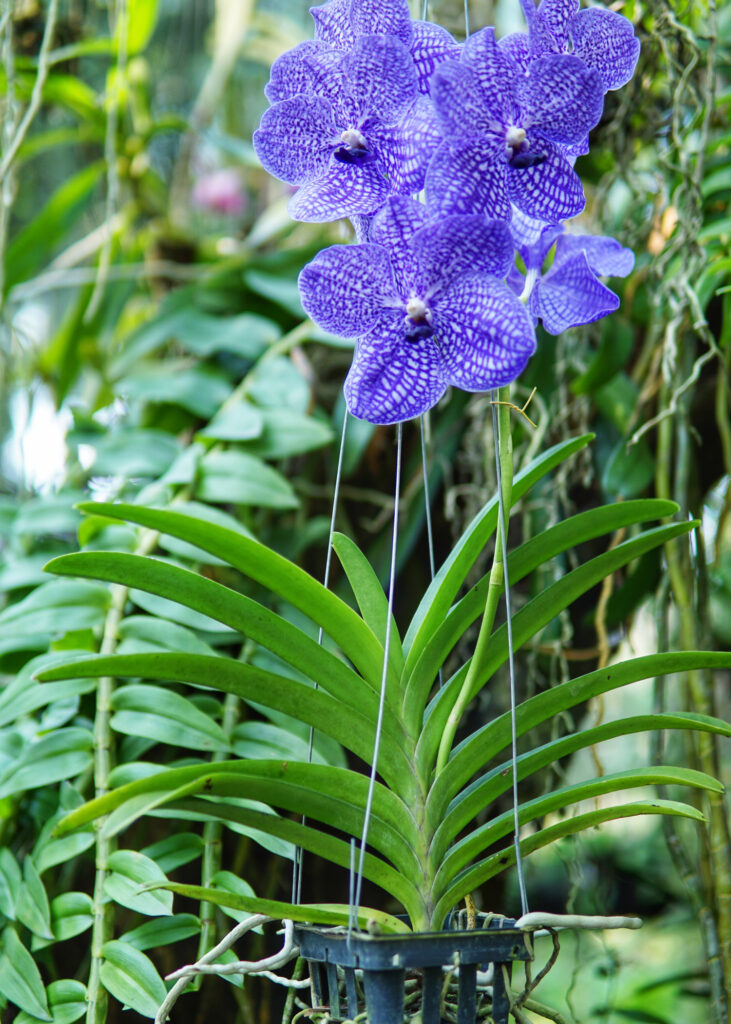









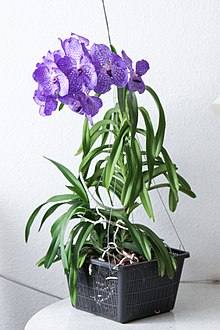













/grow-vanda-orchids-1902867-03-5a6d6d9deb9d4dd89add693e8e84c165.jpg)
